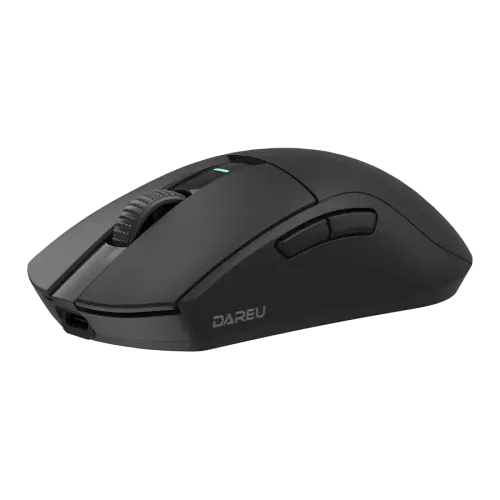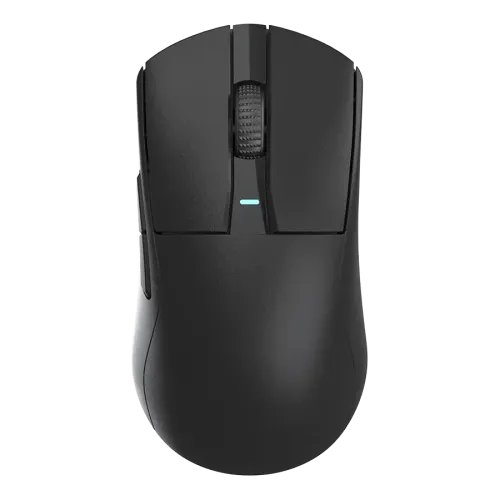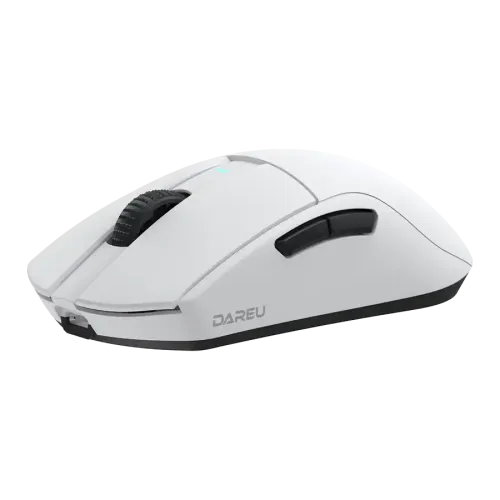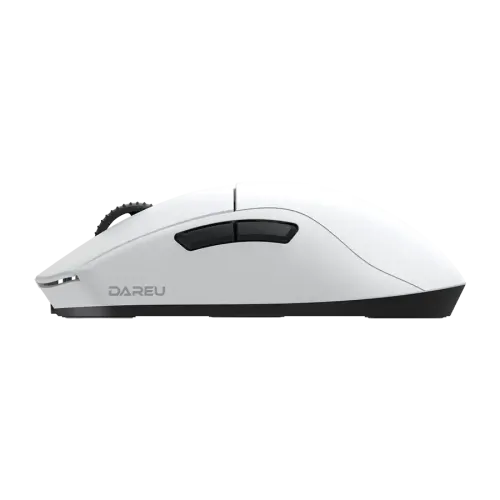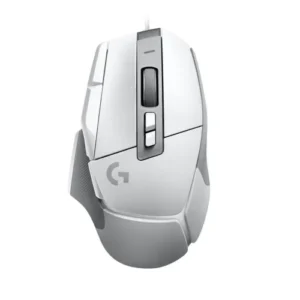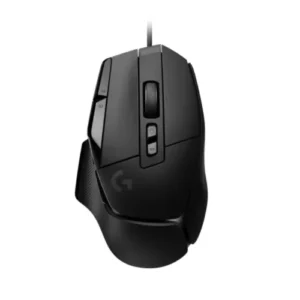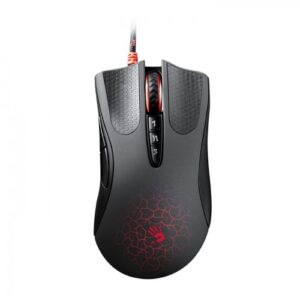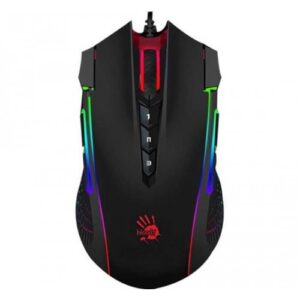Key Specifications and Main Features of Gaming Mice
When selecting a gaming mouse, understanding the key specifications is essential to ensure optimal performance and user experience. One of the most critical aspects to consider is the number of keys available on the mouse. Typically, gaming mice are equipped with anywhere from three to more than a dozen programmable buttons. These additional buttons can be customized for various functions, allowing gamers to execute complex commands faster and with greater ease. The configuration of these buttons can significantly influence gameplay, offering players an edge over competitors who rely on standard mouse designs.
The connection type is another vital factor to evaluate when choosing a gaming mouse. Gaming mice can generally be categorized into three types: wired, Bluetooth, and wireless 2.4G. Wired mice are often favored due to their quick response times and lack of latency, which can be crucial during intense gaming sessions. On the other hand, wireless options provide enhanced freedom of movement without the clutter of cables, though they may come with concerns regarding battery life and potential input lag. Bluetooth mice are typically less common in gaming but can still offer a reliable connection for casual gamers.
Resolution capabilities, measured in dots per inch (DPI), are also a significant consideration. High-quality gaming mice can offer a DPI range of up to 26000, which indicates their tracking precision and responsiveness during gameplay. A higher DPI allows for more accurate aiming and faster movements within a game, which can be a determining factor in competitive gaming scenarios.
Lastly, features such as switch lifecycle must be taken into account. Many gaming mice come equipped with switches that can endure up to 80 million clicks, ensuring durability over prolonged use. This reliability is essential for gamers who require consistent performance, making the mouse a crucial element of their gaming arsenal.
Physical Specifications and Warranty Information
When selecting a gaming mouse, potential buyers should carefully consider the physical specifications that can greatly influence their overall gaming experience. One of the first factors to examine is the color variations available, with black and white being two of the most common options. These color choices not only cater to personal aesthetics but can also impact visibility on different gaming surfaces.
The dimensions of gaming mice are crucial, as they can affect comfort during extended use. A standard size often encountered in various models is 123mm in length, 64mm in width, and 39mm in height. These dimensions typically fit a wide range of hand sizes, making it essential for gamers to select a mouse that feels ergonomic for their particular grip style. Additionally, the weight can slightly vary between models; for example, a black gaming mouse typically weighs around 54 grams, while its white counterpart may have a weight of approximately 55 grams. This slight difference can influence the way the mouse handles during gameplay, making weight a crucial aspect to consider.
Another significant feature is battery life, especially for wireless gaming mice. A standard battery capacity for many models is 300mAh, which generally provides sufficient power for several hours of continuous gaming. Evaluating battery efficiency and recharge times can help ensure prolonged gaming sessions without interruptions.
Lastly, warranty information is a fundamental consideration when investing in a gaming mouse. Most brands offer a one-year warranty, which can cover defects and malfunctions that may arise during normal use. Understanding the terms of the warranty is essential as it provides insight into the manufacturer’s commitment to quality and customer satisfaction, giving the buyer peace of mind in their purchase. Careful attention to these specifications not only enhances the gaming experience but also solidifies a wise buying decision.
